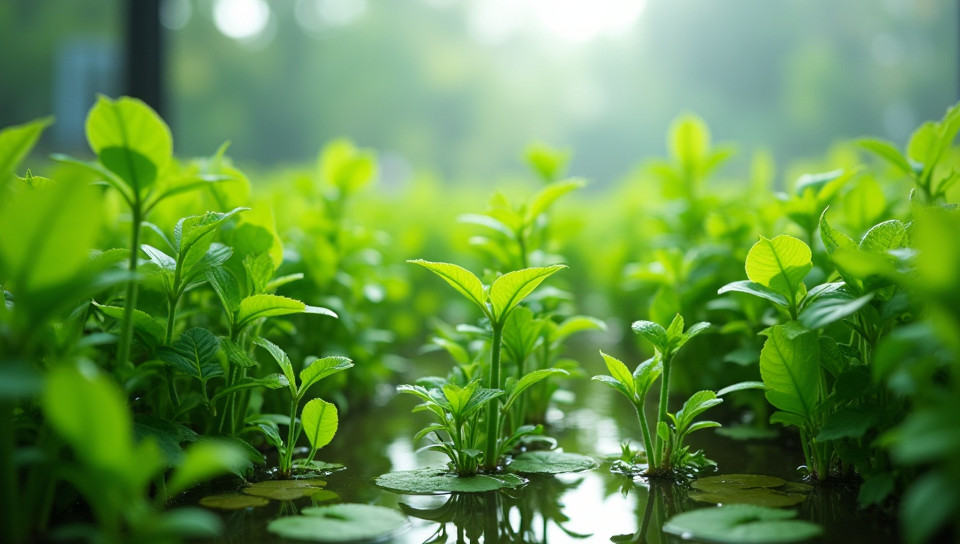Plants are grown in water using hydroponics 75%
Truth rate:

Pros: 7
Cons: 3
Refs: 0
Info:
- Created by: Leon Kaczmarek
- Created at: Oct. 10, 2024, 8:03 p.m.
- ID: 11267
Related:

